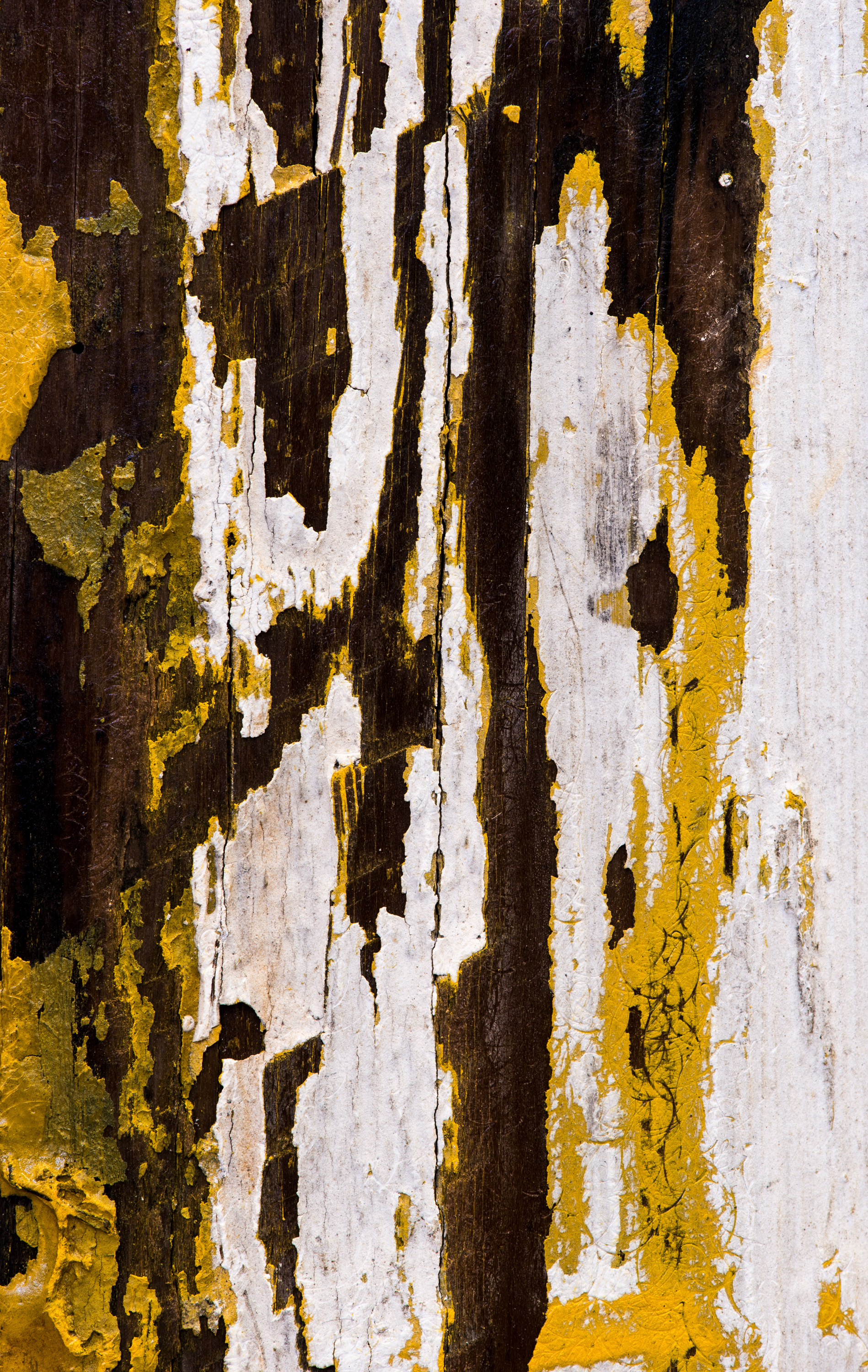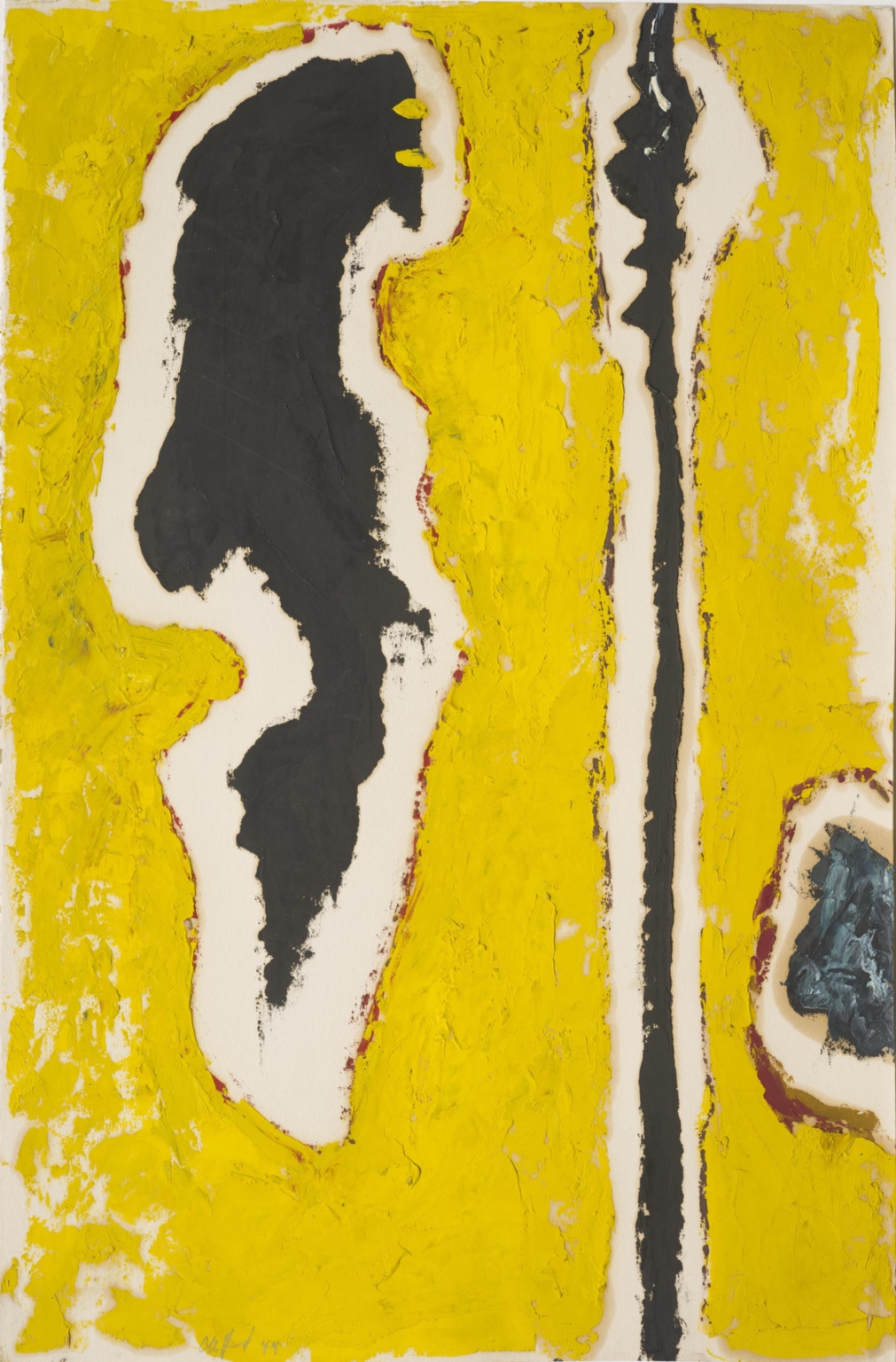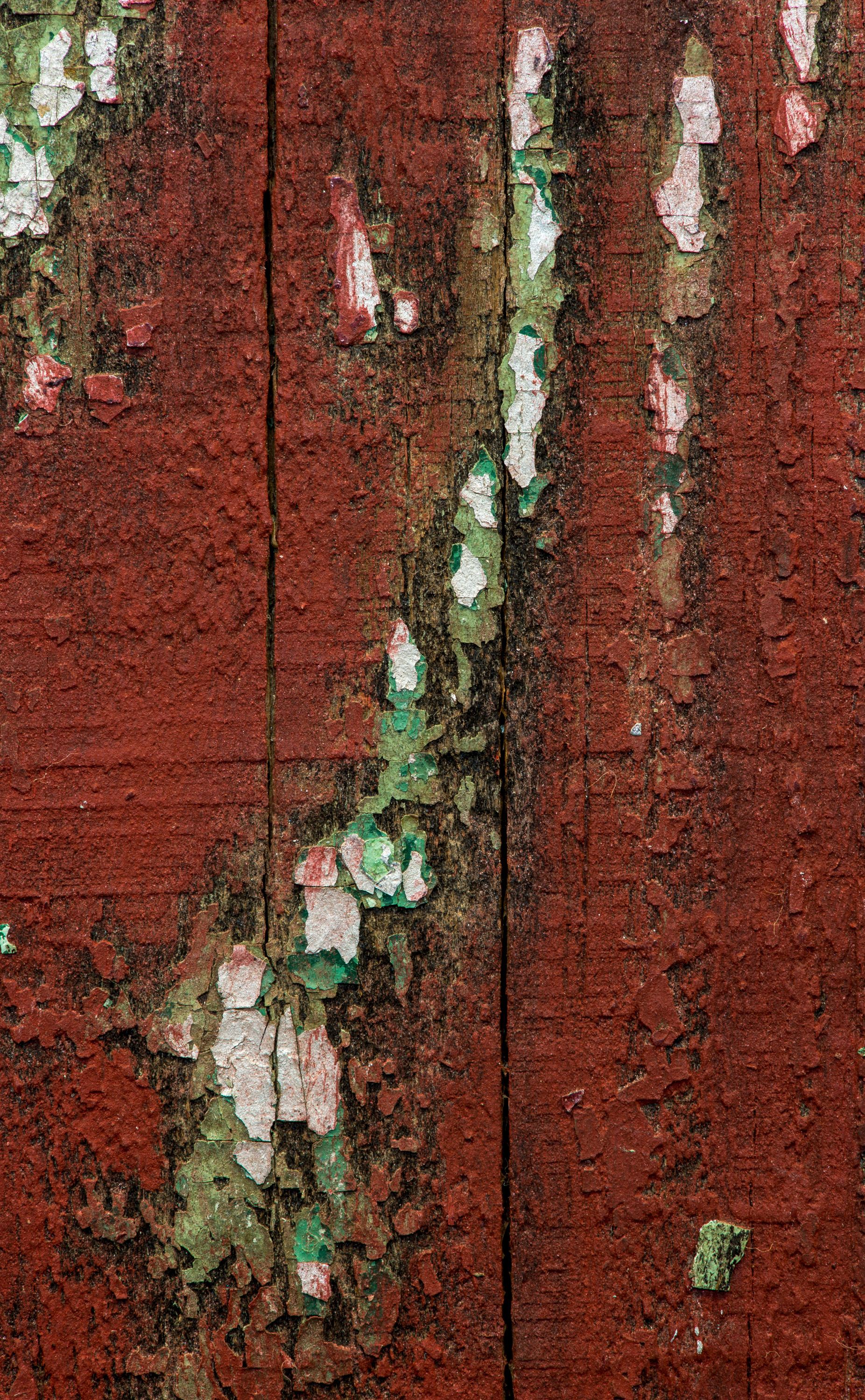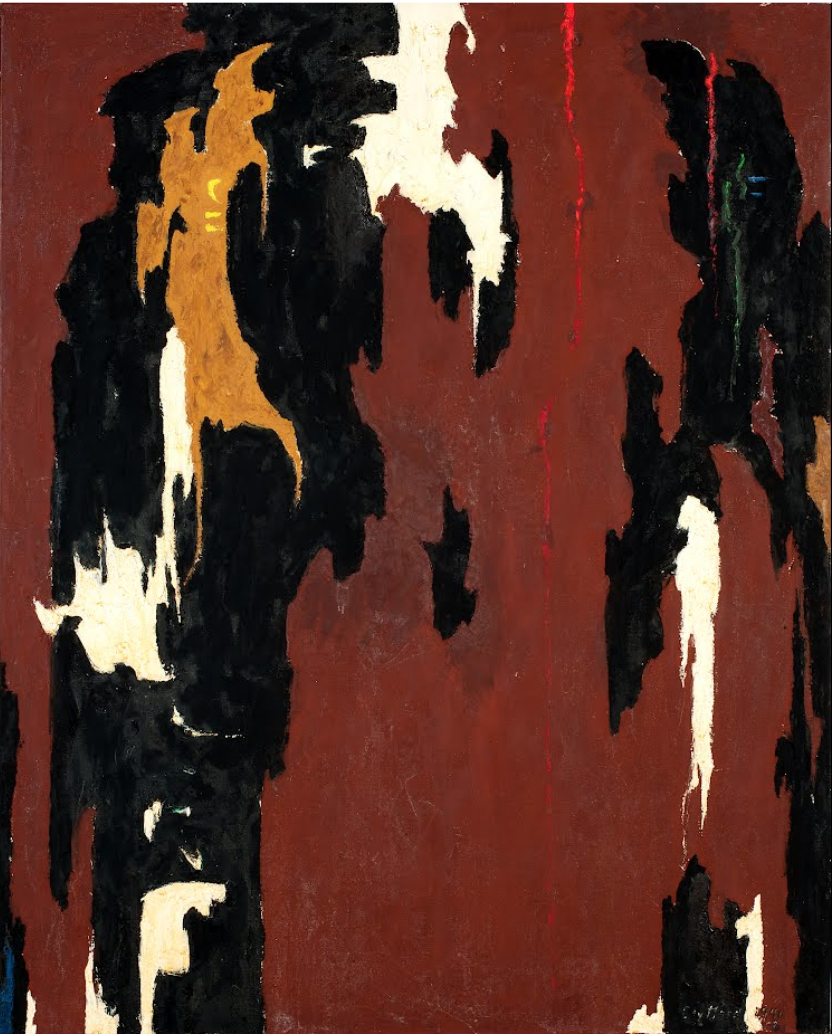Change of seasons at the river’s edge
March 19, 2021
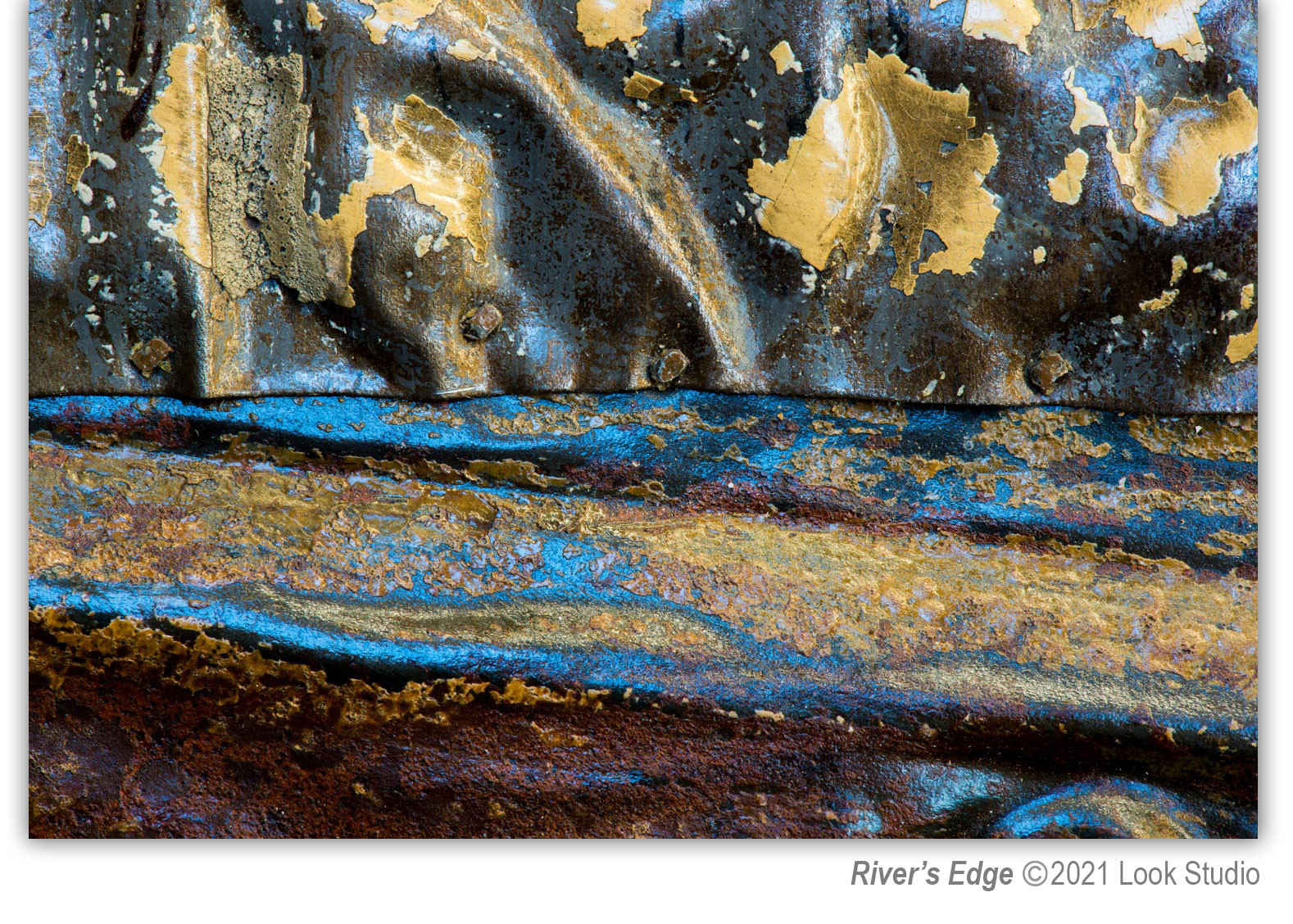
The rivers have been beautiful in the Roaring Fork Valley this winter. We’ve had unusual and dramatic ice building up along the sides of the Frying Pan and Roaring Fork rivers that make it look as though only slivers of water are snaking through the riverbed. We've also had exciting ice jams break loose all at once sending huge sheets of ice crashing down the valley.
Each day as I pass over the bridge near my home, I look forward to what the Roaring Fork River has in store for me. As temperatures warm, the clutches of winter are loosening and the water is showing signs that spring is around the corner. River’s Edge, one of my new macro abstract photographs, is inspired by this transition of seasons.
.jpg)
Metal is fascinating to photograph. If the light is flat, it can look calm and soothing like Sweetwater Grass.
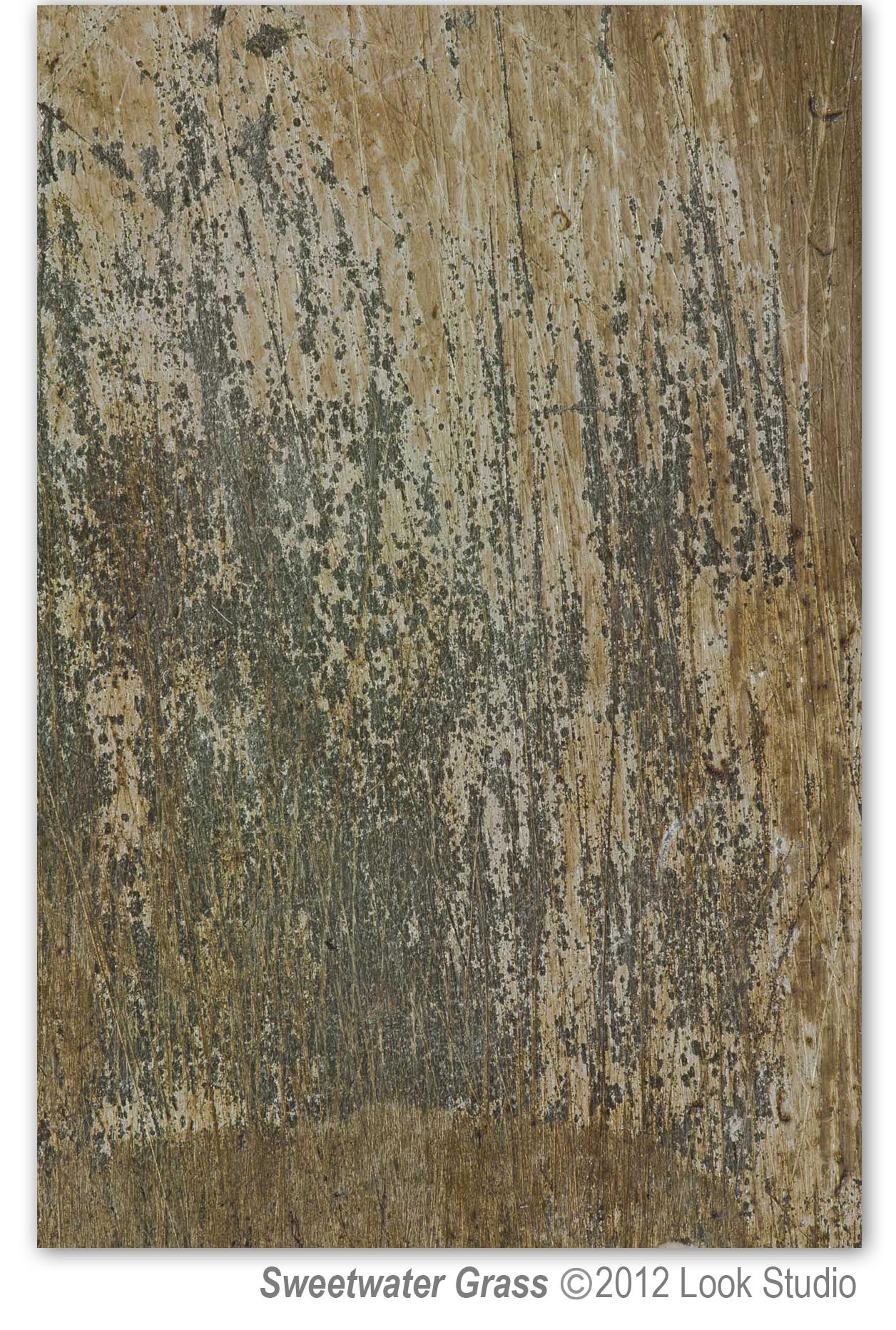
Bright light, on the other hand, can bring out colors in metal that surprise you as they did with Titania’s Light.
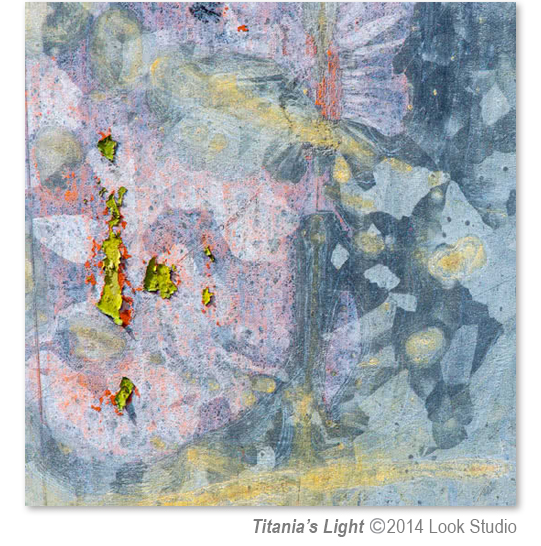
I began the year photographing metal fragments and always enjoy the discovery process. Please take a look at Sacred Ground and The Deep End on my website for more perspectives on metal.
I hope you enjoy the coming of spring and all the beauty that accompanies the change of seasons in our valley.
To comment on this post, please visit my blog on

Creating a Path to Humanity
August 27, 2020
Clyfford Still is one of my inspiration artists. Still is an American Abstract Expressionist and contemporary of Jackson Pollock and Mark Rothko. Although influential among contemporary artists during his time, Still is not well known to many of us because of the choices he made during his art career. Denver, Colorado is very fortunate to have the Clyfford Still Museum dedicated to his work. Still’s art, the architecture of the museum and his story are worth seeing.
At summer’s start the Art Base had a virtual showing of Lifeline: Clyfford Still, a film by Dennis Scholl about Still’s life. Learning about his experience and choices while revisiting his art captured my heart once again, and reminded me of the power in finding our way through art.
The roots of Expressionism started in Germany between 1919 and 1929, and was recognized in the United States in the post-World War II era of the 1940’s. While watching the film it struck me that those difficult years in world history are similar to the exceptionally tough times we’re currently experiencing. And, like a pressure valve, there must be a release. Expressionism exploded on the art scene as the world adjusted to the hardships and atrocities that had occurred. Artists had to find a way to make sense of it all and literal representation on the canvas, or even the blurred and muted colors of Impressionism, were no longer enough as the world became harder to manage and comprehend.
I like to imagine that some of the great artists from this period loosened the lines within their work so we the viewer, and perhaps they themselves, could find individual ways to make sense of life and the world. Leaving a portion of the canvas empty allowed breath, a pause, and hope. Perhaps for them a realistic interpretation of life and the use of painting to replicate life with precision no longer fit. Or maybe they didn’t want to fit into that world. These artists who colored ‘outside the lines’ did what made sense to them despite the classical constraints and expectations of art in popular society. The blurred edges, minimalistic lines and empty canvases that blossomed through Abstract Expressionist’s like Clyfford Still continue to allow each of us to find our interpretation and place in the chaos of life. In this way, art creates a path to our personal humanity.
For me, as the world clamps down its restraints, I find relief through my abstract photography and strive for less information in my images. In undefined space I can envision the reality I wish for humanity. And with this undefined space I can endeavor to create hope, possibility and room for each viewer to do the same. One of my first bold images in 2012 was titled Still Life and inspired by Clyfford Still’s work.
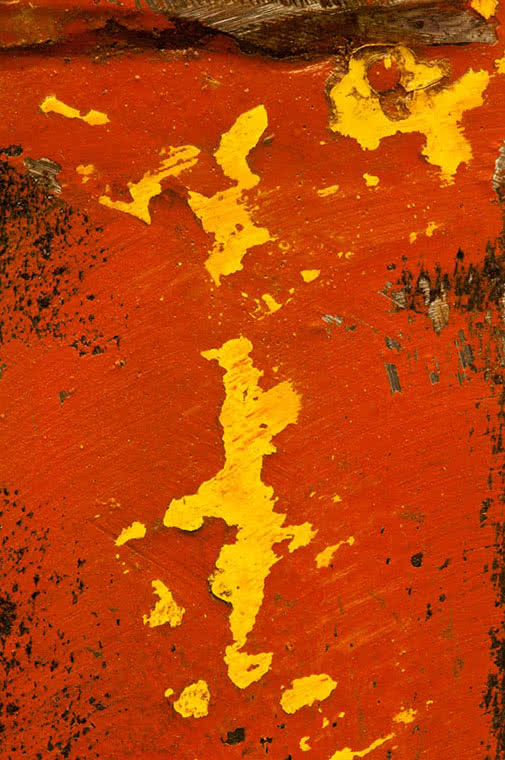
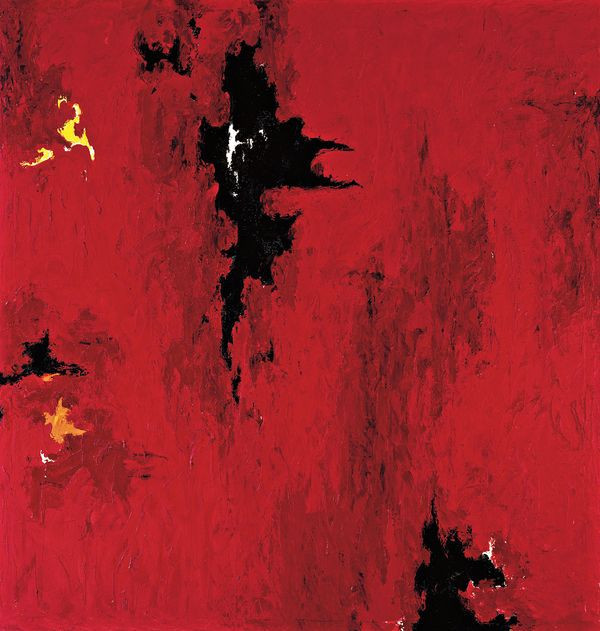
Thanks to the master artists who forge outside the boundaries of the mainstream and keep us inspired. Art is a bridge that connects, heals and gives humanity an avenue of resilience and hope. And thank you to the Clyfford Still Museum for making his images available online.
At summer’s start the Art Base had a virtual showing of Lifeline: Clyfford Still, a film by Dennis Scholl about Still’s life. Learning about his experience and choices while revisiting his art captured my heart once again, and reminded me of the power in finding our way through art.
The roots of Expressionism started in Germany between 1919 and 1929, and was recognized in the United States in the post-World War II era of the 1940’s. While watching the film it struck me that those difficult years in world history are similar to the exceptionally tough times we’re currently experiencing. And, like a pressure valve, there must be a release. Expressionism exploded on the art scene as the world adjusted to the hardships and atrocities that had occurred. Artists had to find a way to make sense of it all and literal representation on the canvas, or even the blurred and muted colors of Impressionism, were no longer enough as the world became harder to manage and comprehend.
I like to imagine that some of the great artists from this period loosened the lines within their work so we the viewer, and perhaps they themselves, could find individual ways to make sense of life and the world. Leaving a portion of the canvas empty allowed breath, a pause, and hope. Perhaps for them a realistic interpretation of life and the use of painting to replicate life with precision no longer fit. Or maybe they didn’t want to fit into that world. These artists who colored ‘outside the lines’ did what made sense to them despite the classical constraints and expectations of art in popular society. The blurred edges, minimalistic lines and empty canvases that blossomed through Abstract Expressionist’s like Clyfford Still continue to allow each of us to find our interpretation and place in the chaos of life. In this way, art creates a path to our personal humanity.
For me, as the world clamps down its restraints, I find relief through my abstract photography and strive for less information in my images. In undefined space I can envision the reality I wish for humanity. And with this undefined space I can endeavor to create hope, possibility and room for each viewer to do the same. One of my first bold images in 2012 was titled Still Life and inspired by Clyfford Still’s work.


(Left: Still Life by Look Studio 2012 | Right: 1947-R-no.1 by Clyfford Still, courtesy of the Clyfford Still Museum)
2012 | Right: 1947-R-no.1 by Clyfford Still, courtesy of the Clyfford Still Museum)
(Left: Revelation by Look Studio 2020 | Right: PH-489 by Clyfford Still, courtesy of the Clyfford Still Museum)
2020 | Right: PH-489 by Clyfford Still, courtesy of the Clyfford Still Museum)
(Left: Silver Lining by Look Studio 2020 | Right: PH-945 by Clyfford Still, courtesy of the Clyfford Still Museum)
2020 | Right: PH-945 by Clyfford Still, courtesy of the Clyfford Still Museum)
Thanks to the master artists who forge outside the boundaries of the mainstream and keep us inspired. Art is a bridge that connects, heals and gives humanity an avenue of resilience and hope. And thank you to the Clyfford Still Museum for making his images available online.
Unveiled
June 26, 2020
Inspired and enjoying time in the studio! Here’s what’s new:
Oscar Wilde wrote, "Life imitates Art far more than Art imitates Life”, but we draw from life as an inspiration for art. When the world came to a halt this year with the onset of COVID 19, it became a time to evaluate what’s important—health, friends/family, laughter, food, and for me, art. I’ve learned, through the years, that difficult times can lead to inspiration, so I waited. Here’s what came through my lens depicting the ebb and flow of life.
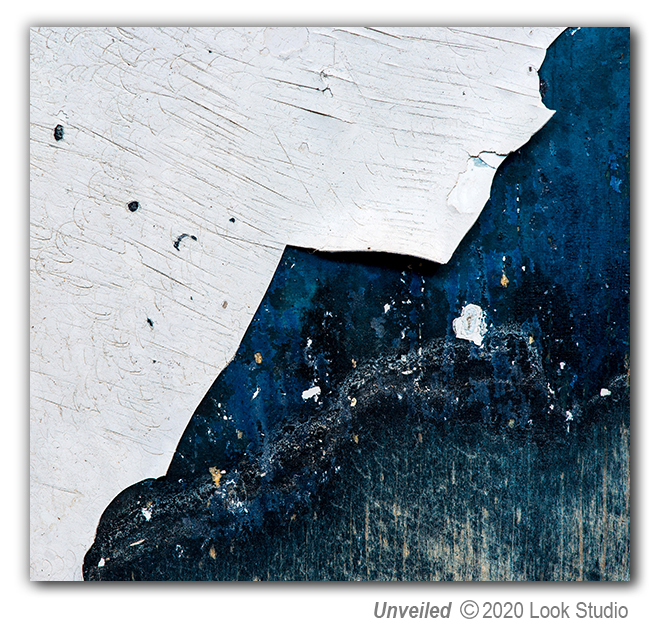
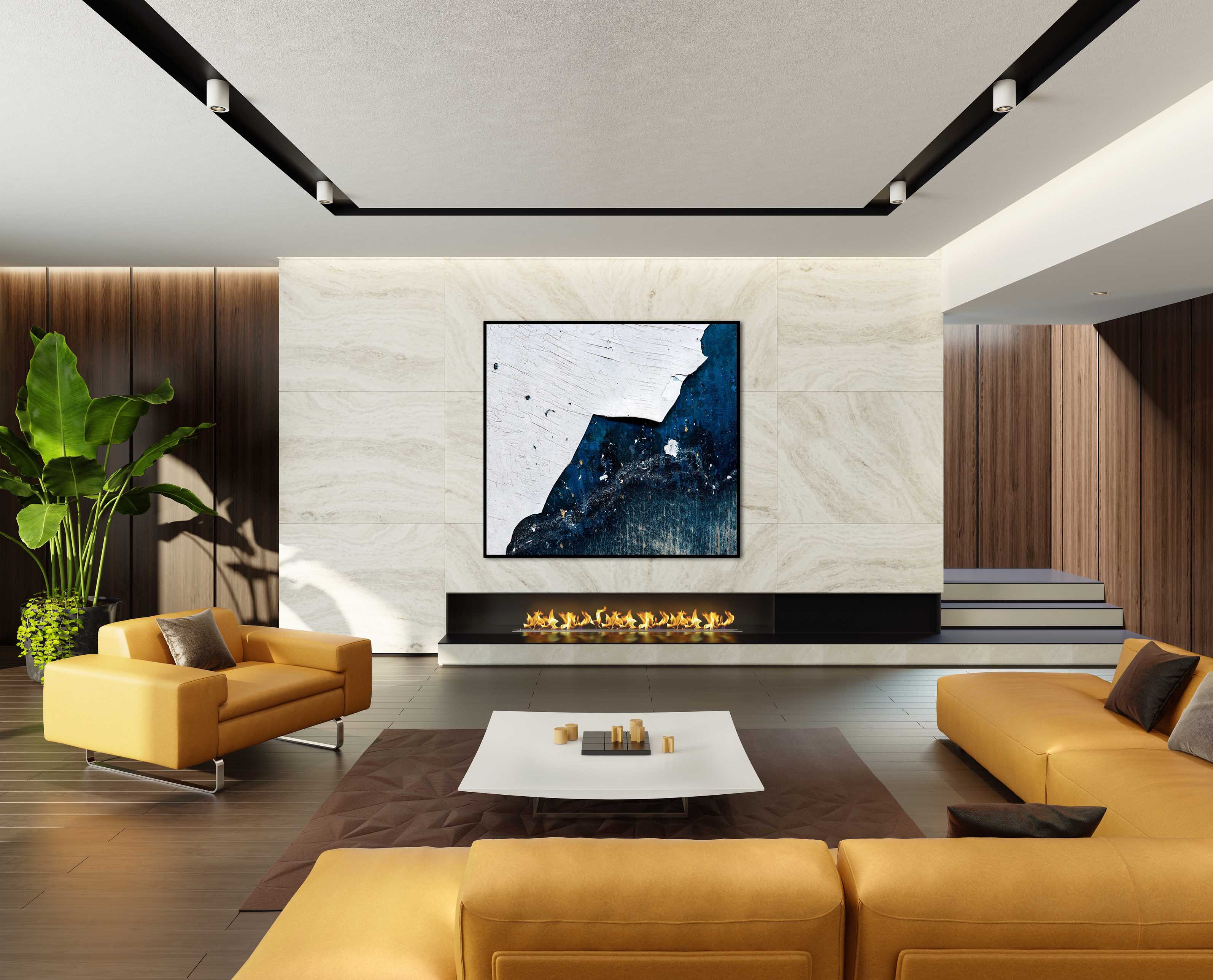
A single piece of art can inspire different thoughts and feelings in different people. I imagine one person might look at Unveiled and think of a moonlit Arctic Ocean while another might appreciate it as a non-object, something abstract and mysterious. I wonder, if I reveal the items I photograph, will it take away that singular experience? I have thought about this a lot and, in the end, don’t think it will. After spending many hours creating Unveiled, even I see it separate and apart from its origination. And people so often ask me for the story behind my art...
Unveiled was born from a humble painted stool; an American antique I found in Texas. I have photographed this piece in the past but recently a new spot caught my eye; a spot smaller than one square inch. There is always more to be discovered in life, but we have to look closely and with a fresh perspective to see it! Once I photographed my new revelation, I moved the stool and the peeling white paint I had just photographed, chipped off. I had to laugh, because Unveiled can never be created again now that the paint chip is gone. It reminded me of how fleeting our experiences may be and how important it is to enjoy every moment!

In 2015 I photographed this same stool to create First Frost and Boreas. As you can see, this one modest object has given me much inspiration and produced very different results.
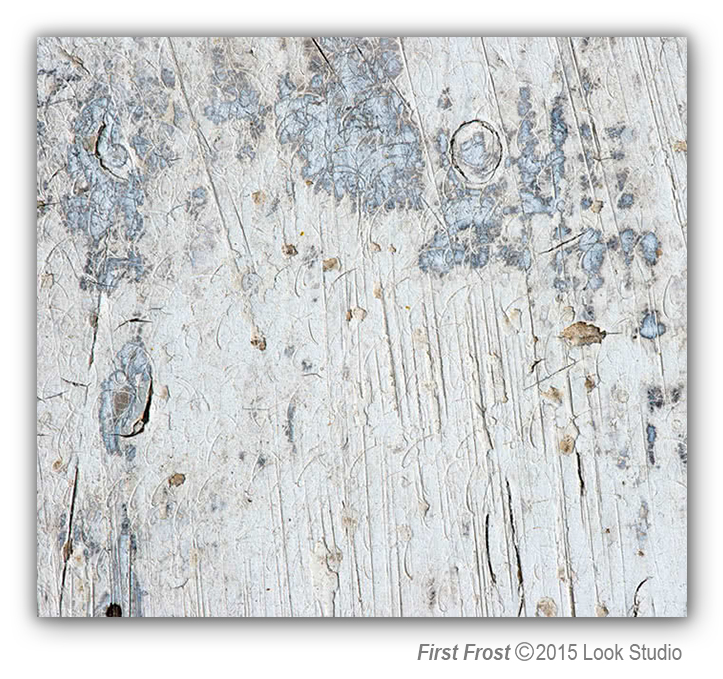
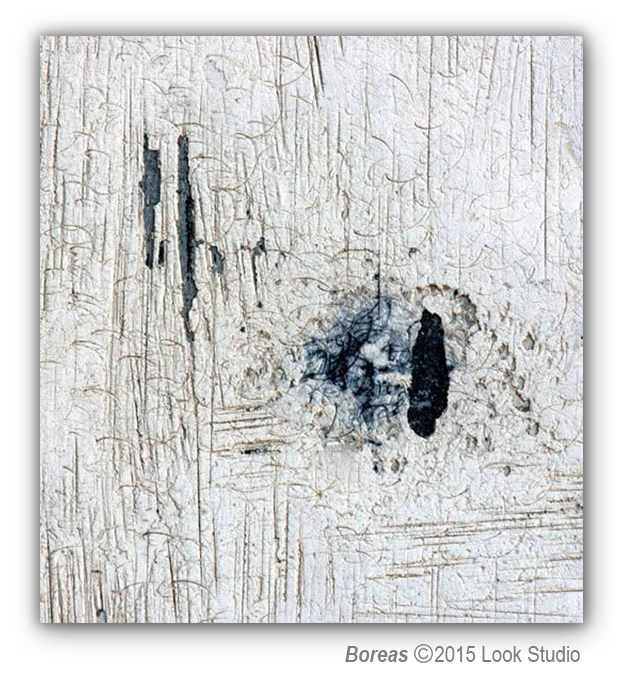
Oscar Wilde wrote, "Life imitates Art far more than Art imitates Life”, but we draw from life as an inspiration for art. When the world came to a halt this year with the onset of COVID 19, it became a time to evaluate what’s important—health, friends/family, laughter, food, and for me, art. I’ve learned, through the years, that difficult times can lead to inspiration, so I waited. Here’s what came through my lens depicting the ebb and flow of life.


A single piece of art can inspire different thoughts and feelings in different people. I imagine one person might look at Unveiled and think of a moonlit Arctic Ocean while another might appreciate it as a non-object, something abstract and mysterious. I wonder, if I reveal the items I photograph, will it take away that singular experience? I have thought about this a lot and, in the end, don’t think it will. After spending many hours creating Unveiled, even I see it separate and apart from its origination. And people so often ask me for the story behind my art...
Unveiled was born from a humble painted stool; an American antique I found in Texas. I have photographed this piece in the past but recently a new spot caught my eye; a spot smaller than one square inch. There is always more to be discovered in life, but we have to look closely and with a fresh perspective to see it! Once I photographed my new revelation, I moved the stool and the peeling white paint I had just photographed, chipped off. I had to laugh, because Unveiled can never be created again now that the paint chip is gone. It reminded me of how fleeting our experiences may be and how important it is to enjoy every moment!

In 2015 I photographed this same stool to create First Frost and Boreas. As you can see, this one modest object has given me much inspiration and produced very different results.


The Art of Giving: A Boy, A Box, A Bouquet
June 18, 2020
The Transformation of Giving into Art
There was a little boy name Colin who loved trucks and games and drawing.
Colin played and played all day long but couldn’t go outside because the world had gone wrong.
He had to be careful, he had to be safe. It wasn’t as fun and he wanted to run.
Colin’s mom wanted him to be happy and was at wits end because Colin wanted no napping.
Mom heard about Art Kits to Go, if you just walk in. The Art Base was handing out boxes for free, what a bargain.
She ventured out, unsure of the new world around and was surprised at what she found.
Behind a mask she saw a smile as the Art Kit to Go from Art Base was handed to her for a trial.
Excited and thrilled she hurried home to Colin to show him so he would no longer groan.
They took the bits and pieces and started laughing and painting. Who knew drawing lines and watercolors were so fun, no debating.
After drawing awhile, he showed his Grandma B so she could smile.
She looked and oohed and aahed and Colin was pleased he had done a good job.
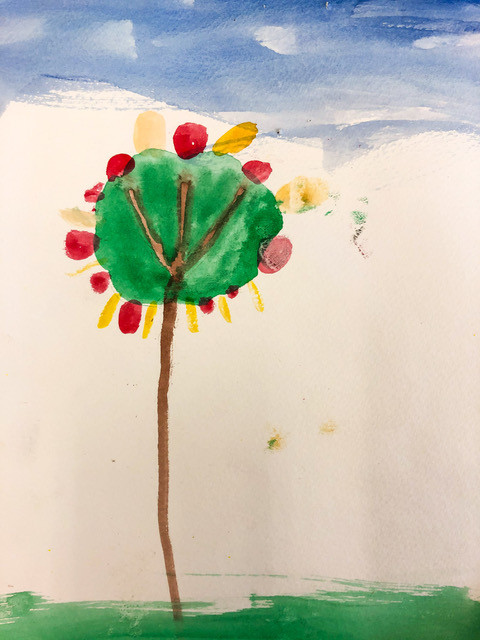

Some time had passed and people still weren’t happy so Grandma B said let’s help some people not be so snappy.
She and Colin took his drawings and made a sleeve that would hold a bouquet of flowers for those who wanted to believe.
It was the first of May and a glorious day to share these bouquets with friends away.
The flowers arrived as a surprise and the “priceless” art they were wrapped in would have to survive.

Receiving and believing the Happy May Day gift lifted my spirits and I began to wonder how I could give back to Colin and Grandma B within free limits.
A photo, I thought to capture his creations so he could remember and smile with elation.

To give from the heart is free, to give freely is our right. To warm someone’s heart is a form of art and creates light.
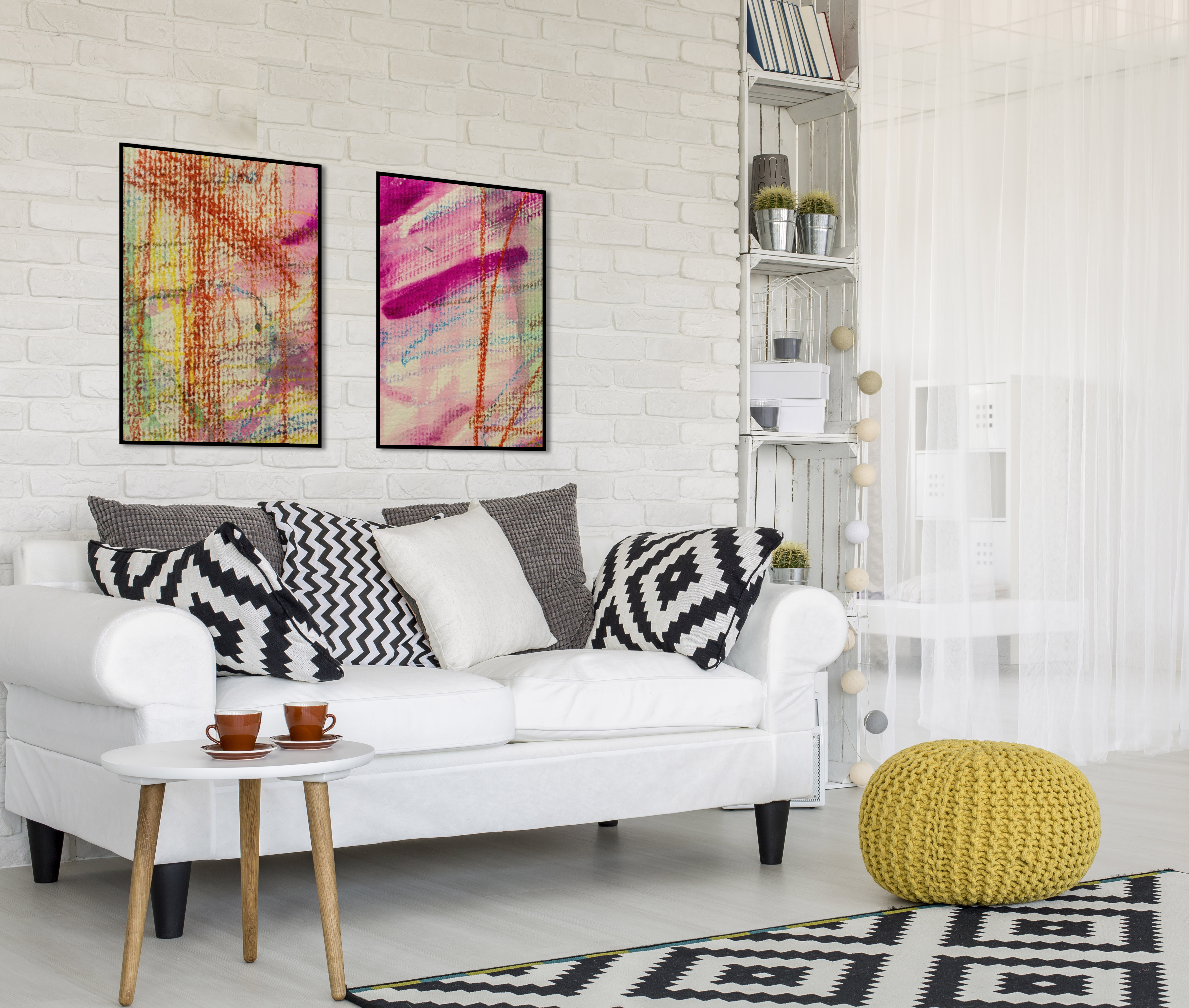
10 Key Home Decorating Tips: #8 Establish A Focal Point
April 27, 2020
Since many of us are spending more time at home, we have the opportunity to paint, make home improvements and certainly analyze our surroundings. This is a great time to look at your decor and consider what the focal point is within each room. Is it the TV, the kids’ toys, or is it something dramatic that draws you into the space? Are you satisfied with each focal point or do some changes need to be made?
A focal point is an element that draws your eye as you walk into a room. Without that anchor your attention may be pulled different ways simultaneously causing an “off” feeling. For instance, have you ever walked into a friend’s living room, loved the elements of their decor, but still felt like something was missing? Or, have you ever carefully planned and decorated a room only to find that the space feels fragmented?
If the answer is “Yes”, the reason may be that these rooms are missing a focal point.
A focal point ties your room together and makes it feel…
Here are a few lovely interiors that use a focal point successfully:
If you have a room with a view, consider making the window your focal point. Even if you do not have a view to show off there are creative ways of using a window as your focal point.
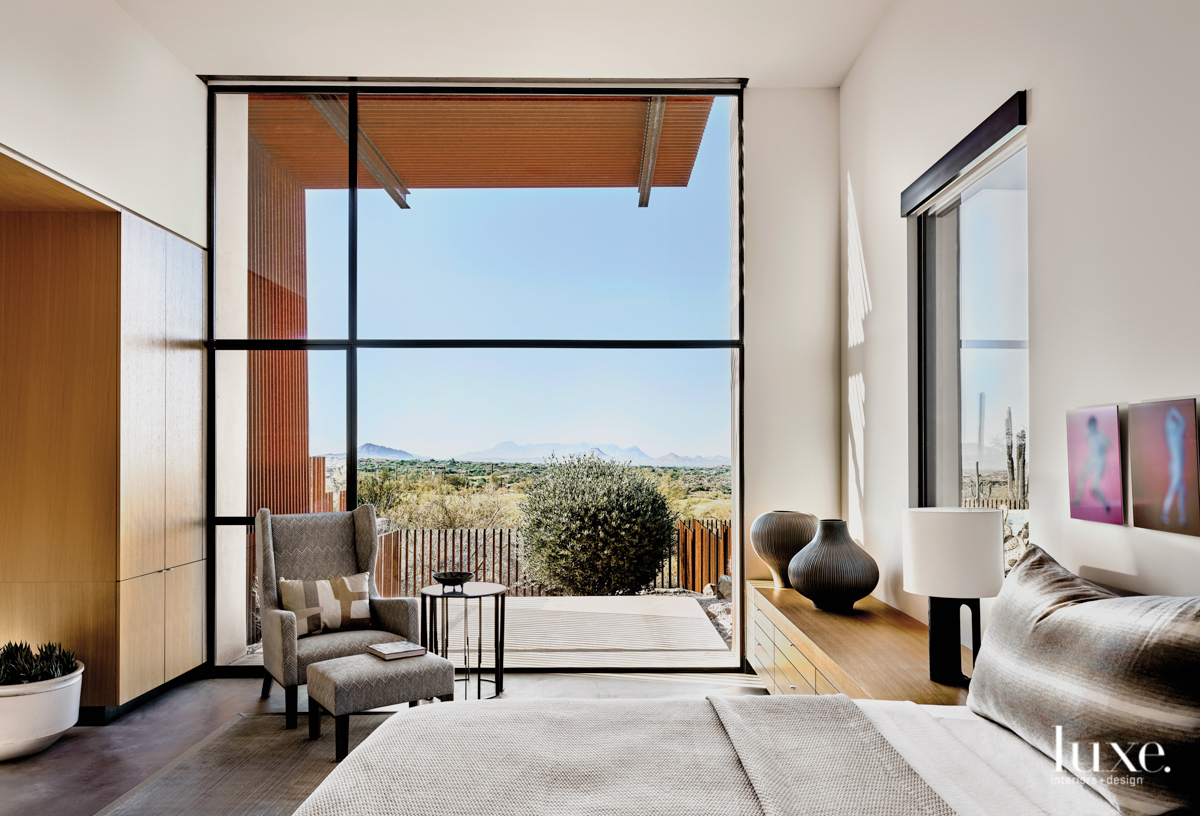
(Image from LuxeSource.com)
I love how this Luxe-featured room uses pattern over light to draw our eye.

(Image from LuxeSource.com)
The ceiling, an accent wall or the floor can make a beautiful focal point. Try a pattern or texture to ground your space as the wood panels do here.

(Image from LuxeSource.com)
Or as the black and white wallpaper does here...

(Image from LuxeSource.com)
My personal favorite, artwork, can be an extremely effective focal point. This gallery wall impels our attention with politeness.
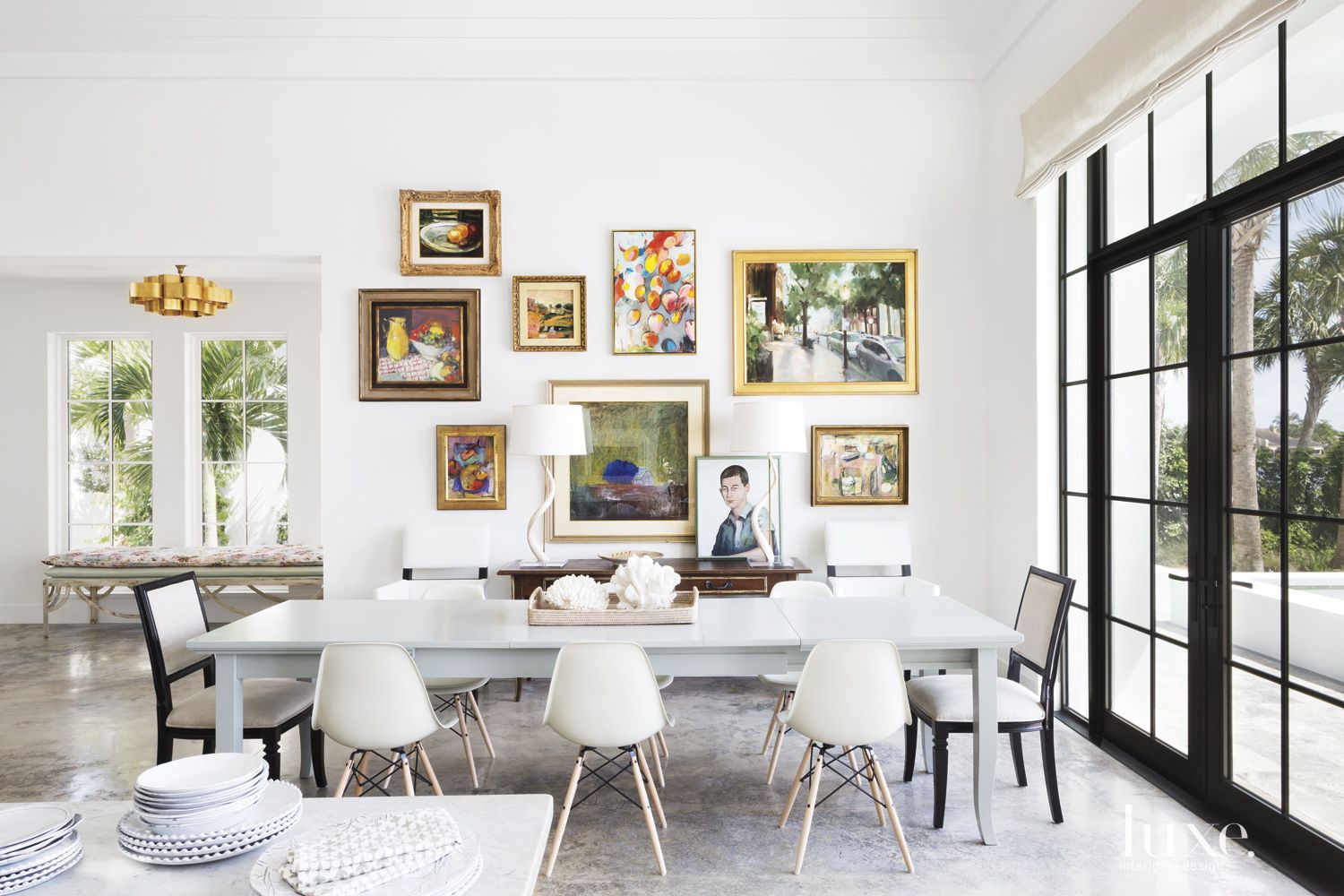
(Image from LuxeSource.com)
Furniture can emphasize a room’s focal point with its positioning as it does here around one of my abstract photographs.
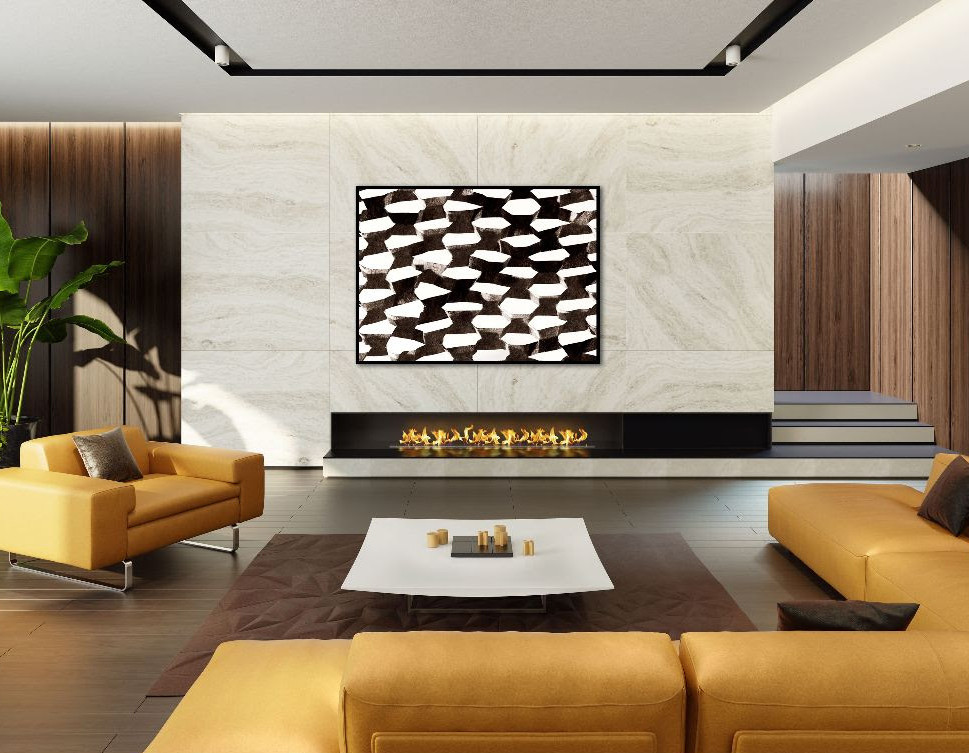
Under normal circumstances we have few spare moments to evaluate and improve our surroundings. Why not take this mandatory time at home as an opportunity to do just that? Here are a few tips to get you started establishing a focal point in each of your rooms:
To comment on this post, please visit my blog on
A focal point is an element that draws your eye as you walk into a room. Without that anchor your attention may be pulled different ways simultaneously causing an “off” feeling. For instance, have you ever walked into a friend’s living room, loved the elements of their decor, but still felt like something was missing? Or, have you ever carefully planned and decorated a room only to find that the space feels fragmented?
If the answer is “Yes”, the reason may be that these rooms are missing a focal point.
A focal point ties your room together and makes it feel…
- Balanced
- Grounded
- Harmonious
Here are a few lovely interiors that use a focal point successfully:
If you have a room with a view, consider making the window your focal point. Even if you do not have a view to show off there are creative ways of using a window as your focal point.

(Image from LuxeSource.com)
I love how this Luxe-featured room uses pattern over light to draw our eye.

(Image from LuxeSource.com)
The ceiling, an accent wall or the floor can make a beautiful focal point. Try a pattern or texture to ground your space as the wood panels do here.

(Image from LuxeSource.com)
Or as the black and white wallpaper does here...

(Image from LuxeSource.com)
My personal favorite, artwork, can be an extremely effective focal point. This gallery wall impels our attention with politeness.

(Image from LuxeSource.com)
Furniture can emphasize a room’s focal point with its positioning as it does here around one of my abstract photographs.

Under normal circumstances we have few spare moments to evaluate and improve our surroundings. Why not take this mandatory time at home as an opportunity to do just that? Here are a few tips to get you started establishing a focal point in each of your rooms:
- Grab your notepad and take a tour of your home
- As you stand in each room ask yourself these questions:
- Is there a part of the architecture I’d like to show off? If yes, write it down and take a picture of that item.
- Is there a part of the architecture I want to draw eyes away from? If yes, do you have an existing piece that can act as your focal point? If yes, write it down and snap a picture.
- If not, pull ideas from the rooms you’ve pinned to your inspiration board. Could your space use a new sofa? A light fixture? Art? Determine what you want the focal point to be and take a picture of that item on your inspiration board.
To comment on this post, please visit my blog on

